URETEK DEEP INJECTIONS®
URETEK DEEP INJECTIONS®
Injections of expanding resin to consolidate foundation soil
Our exclusive Uretek Deep Injections® technology uses injections of expanding resin to improve the resistance of the soil through the Uretek Multipoint® system.
We have 5 different types of expanding resin and choose which most appropriate one based on the properties of the soil and the type of intervention.
We use the Uretek Deep Injections® technology for subsidence due to sinking of the foundation, structural flooring, or road surface, but also to:
- Improve the mechanical and hydraulic properties of the foundation soil in existing structures in the event of restoration and/or addition of floors
- Decrease the risk of soil liquefaction to improve in case of earthquake resistance
- Eliminate subsidence caused by washouts or erosion
- Recover the lift of the terrain in the event of instabilities due to differential subsidence.
We inject quick-expanding resins with a high swelling pressure using our new patented Uretek Multipoint system, which guarantees optimal spreading of the resin for uniform treatment of the foundation soil.
HOW THE URETEK MULTIPOINT® INJECTION SYSTEM WORKS
We recently combined the Deep Injections® technology with the widespread Multipoint® injection system, which involves the injection of resin through a tube with multiple holes on the sides (12–14) called ‘multiholes’, while the traditional system involves injections at multiple levels by means of a tube with an outlet only at the end.
We make injections intermittently, alternating the dispensing of the mixture with pauses of a predefined duration.
The experimentation began in early 2017 and ended in July 2018 with filing of the related patent (International patent application n ° WO2020 / 011414)
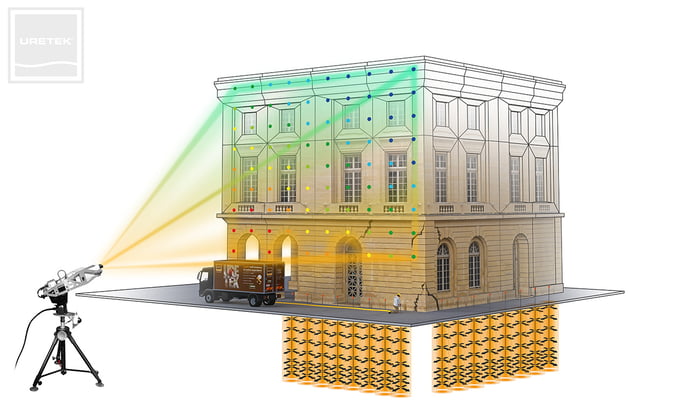
The structures above the treatment area are monitored constantly in real time with point-like laser systems or overall radar systems.
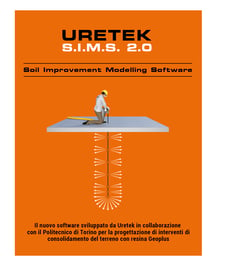 We design interventions with exclusive software developed in collaboration with the Polytechnic University of Turin and available to technicians that request its use.
We design interventions with exclusive software developed in collaboration with the Polytechnic University of Turin and available to technicians that request its use.
Click here to discover all the functionality of the SIMS 2.0 software
IMPROVEMENTS OVER TRADITIONAL INJECTIONS WITH THE MULTIPOINT SYSTEM
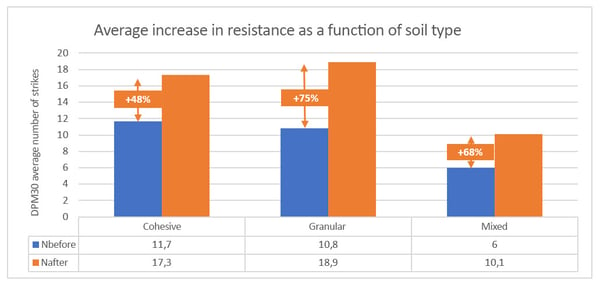
MULTIPOINT: the diagram shows the average number of hits measured with the DPM30 penetrometer before and after the injections into the volume of soil affected by the treatment. Graph prepared using data from 33 work site tests.
The Uretek Deep Injections® method compresses and saturates the soil by injecting the highest amount of resin possible and until the structure begins to lift as registered with the laser levels or radar. In the limiting case of the number of holes and/or amount of resin, we can optimize the injections using geoelectric tests.
The resins have a high swelling pressure, an essential characteristic for compacting the terrain.
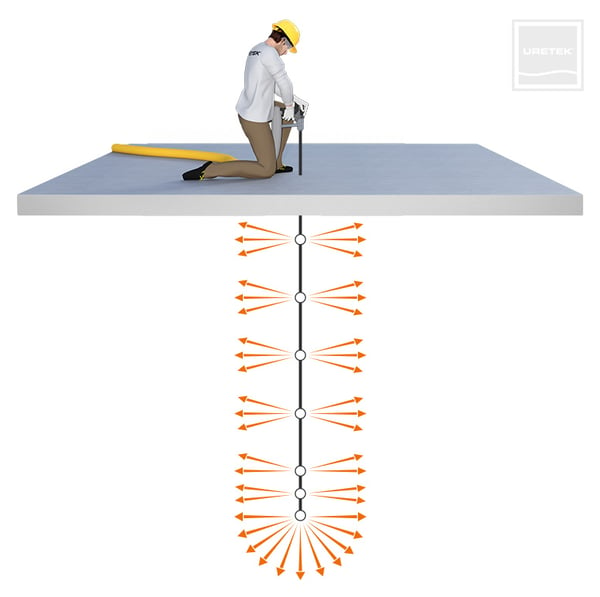
When to use Uretek Deep Injections®?
When the foundation soil does not have the necessary mechanical or hydraulic properties. That is, in the case of instability due to subsidence of the foundation soil, which, for restorations or extra floors entails an increase in load or its redistribution.
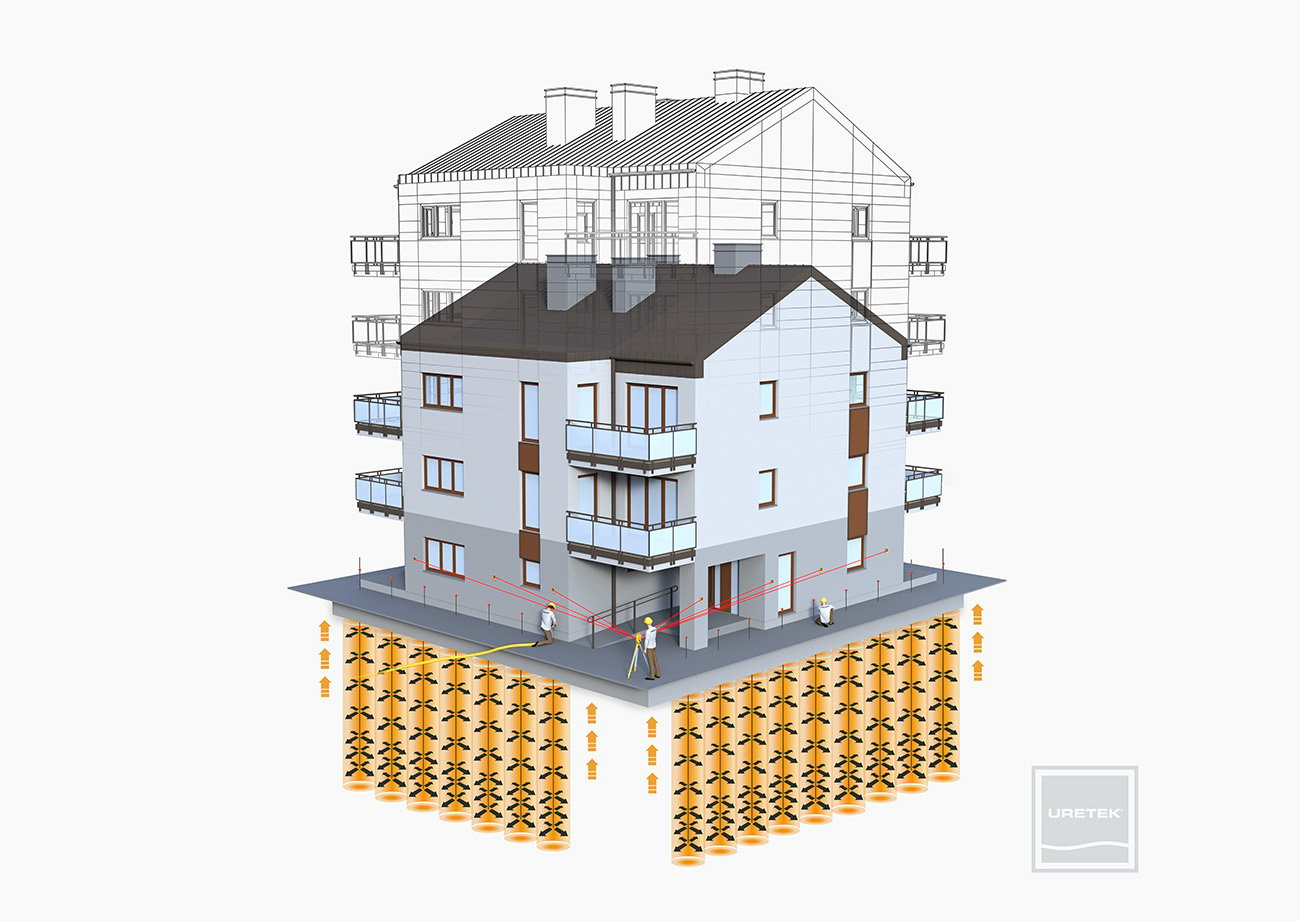
The Advantages
- Operation that does not alter or damage the structure
- No excavation or masonry work
- Possibilità d’intervento anche solo su parte della struttura
- Interventions on just part of a structure
- Control via laser or radar for the utmost safety
- Quick intervention without interrupting activities
- Does not dirty or produce dust
- Small work site system: mobile, autonomous, and can be set up even in reduced spaces.
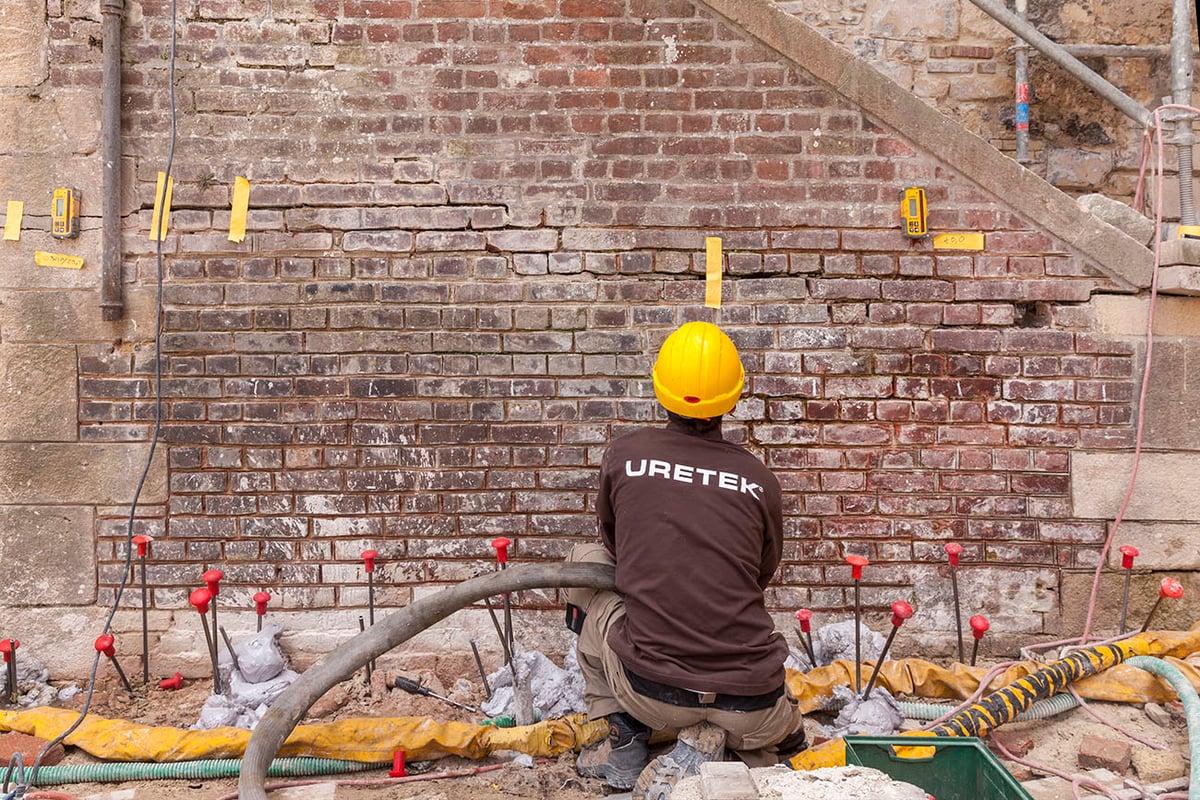
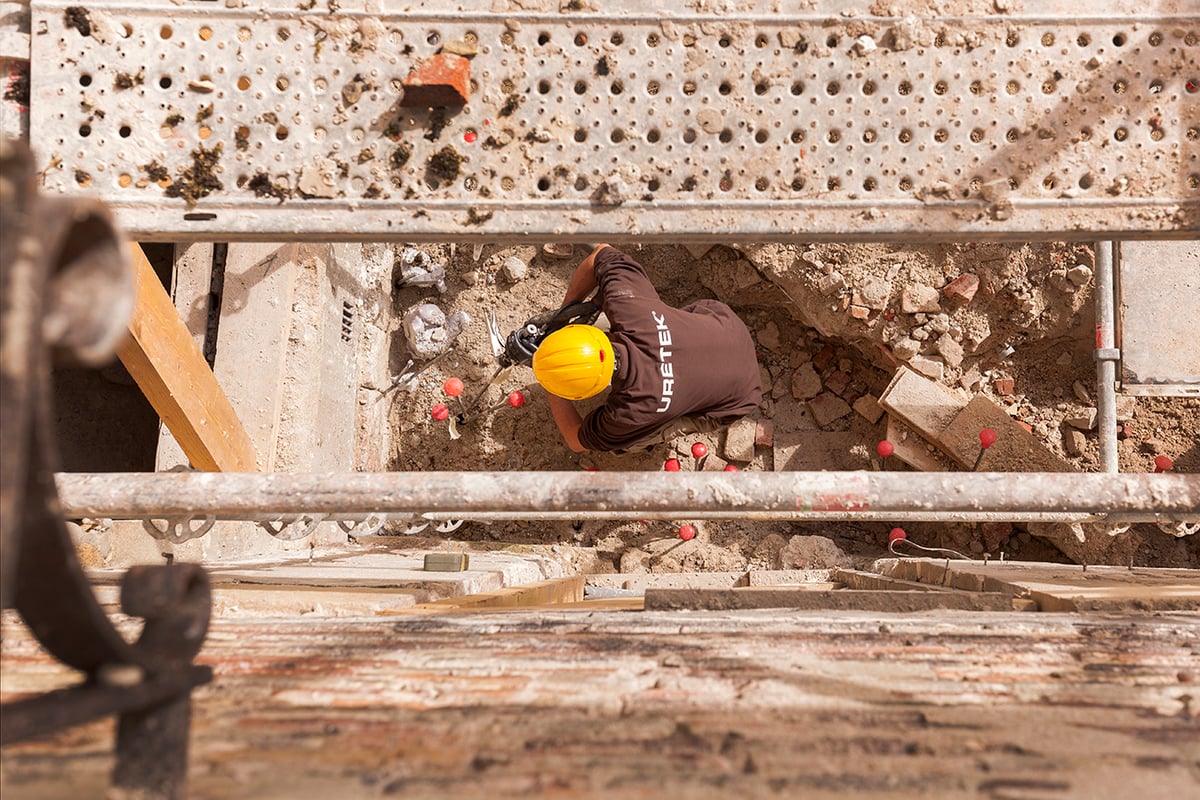
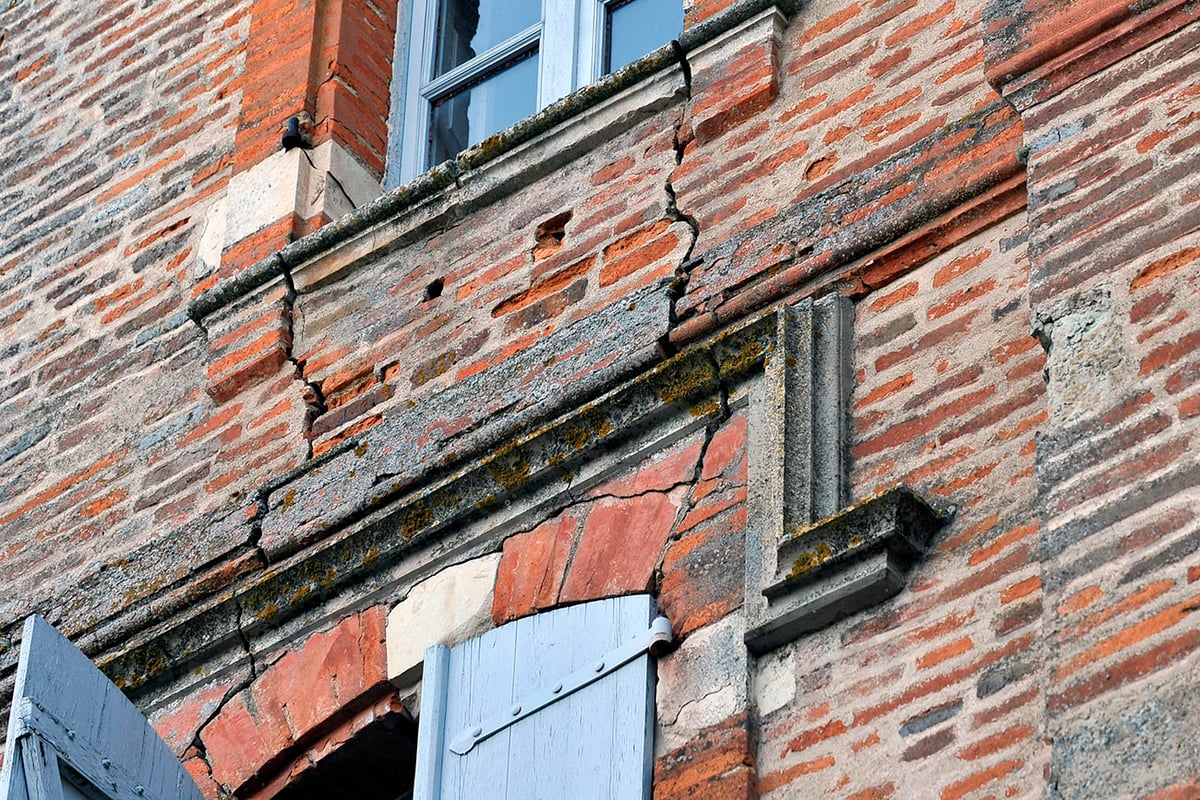
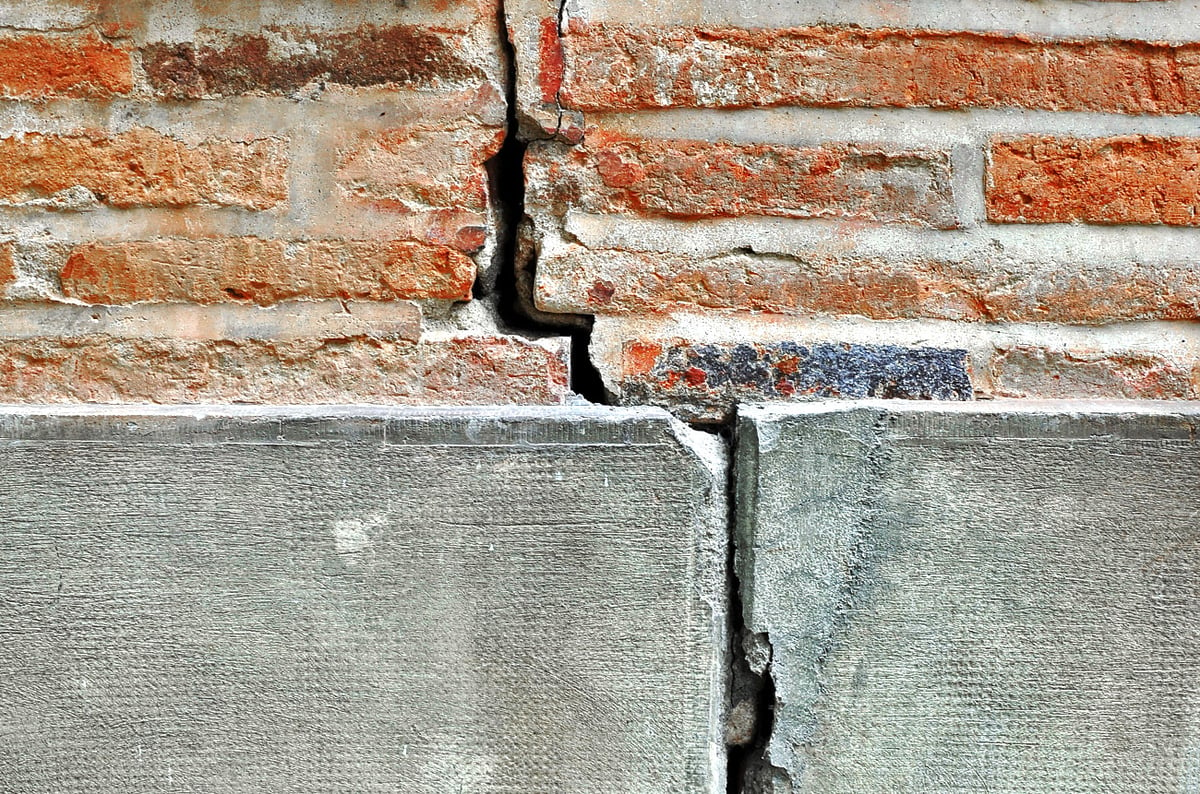
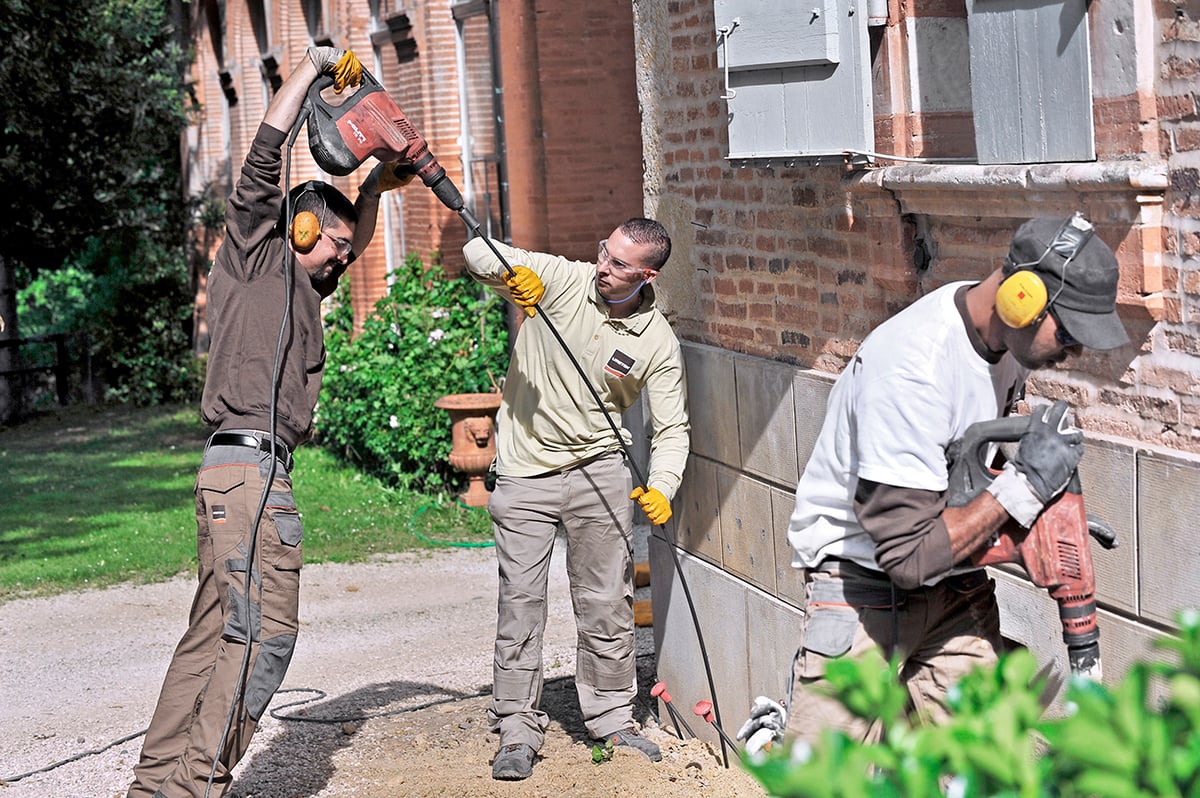
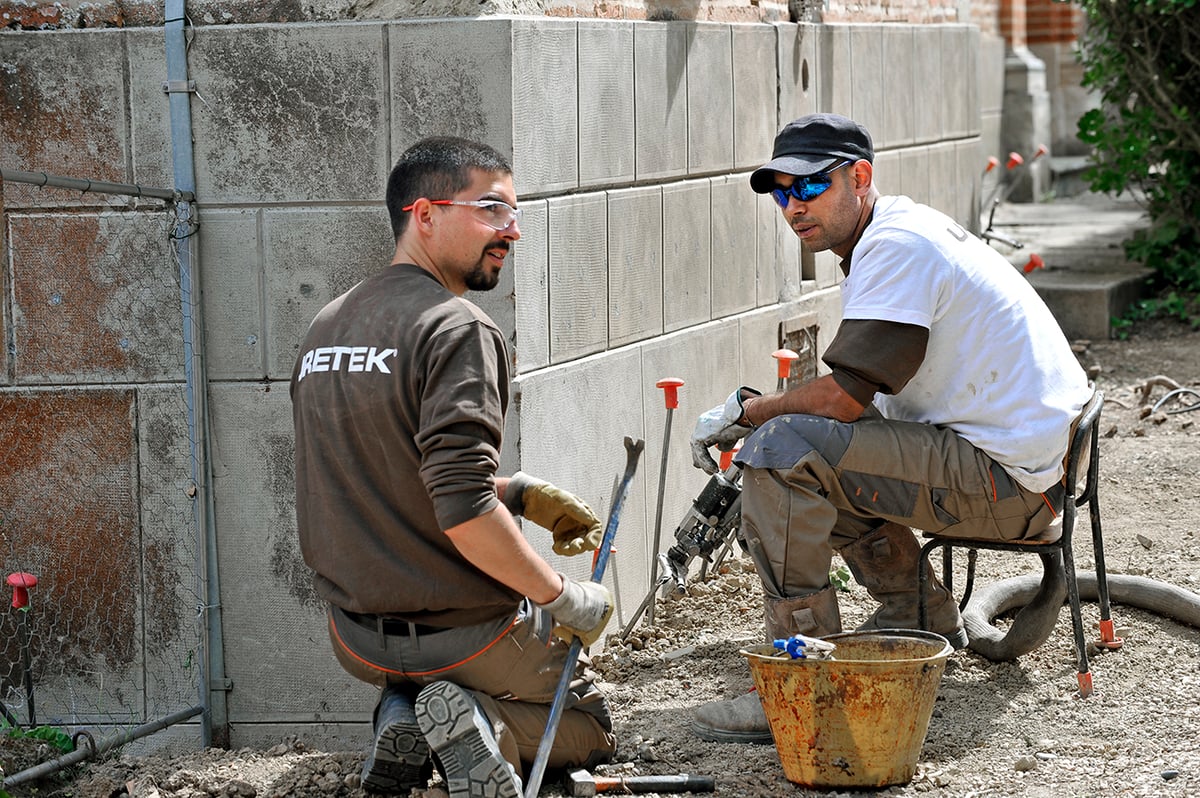
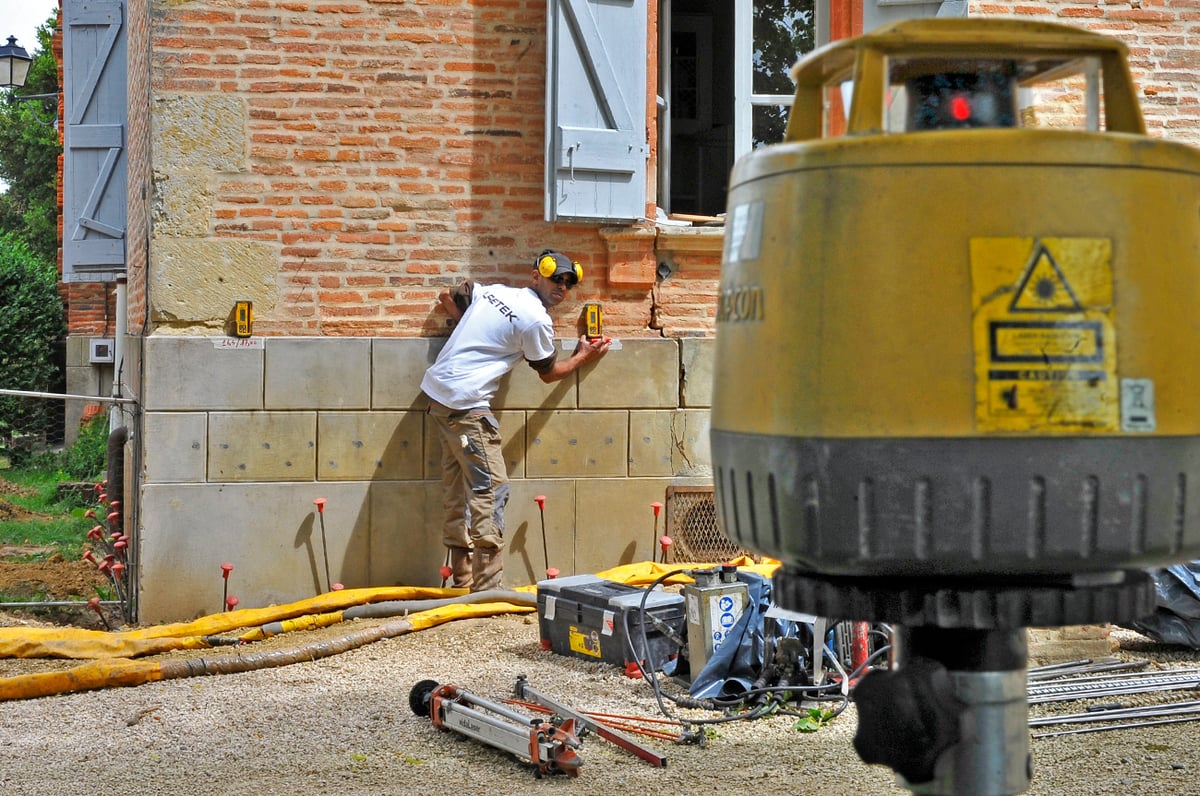
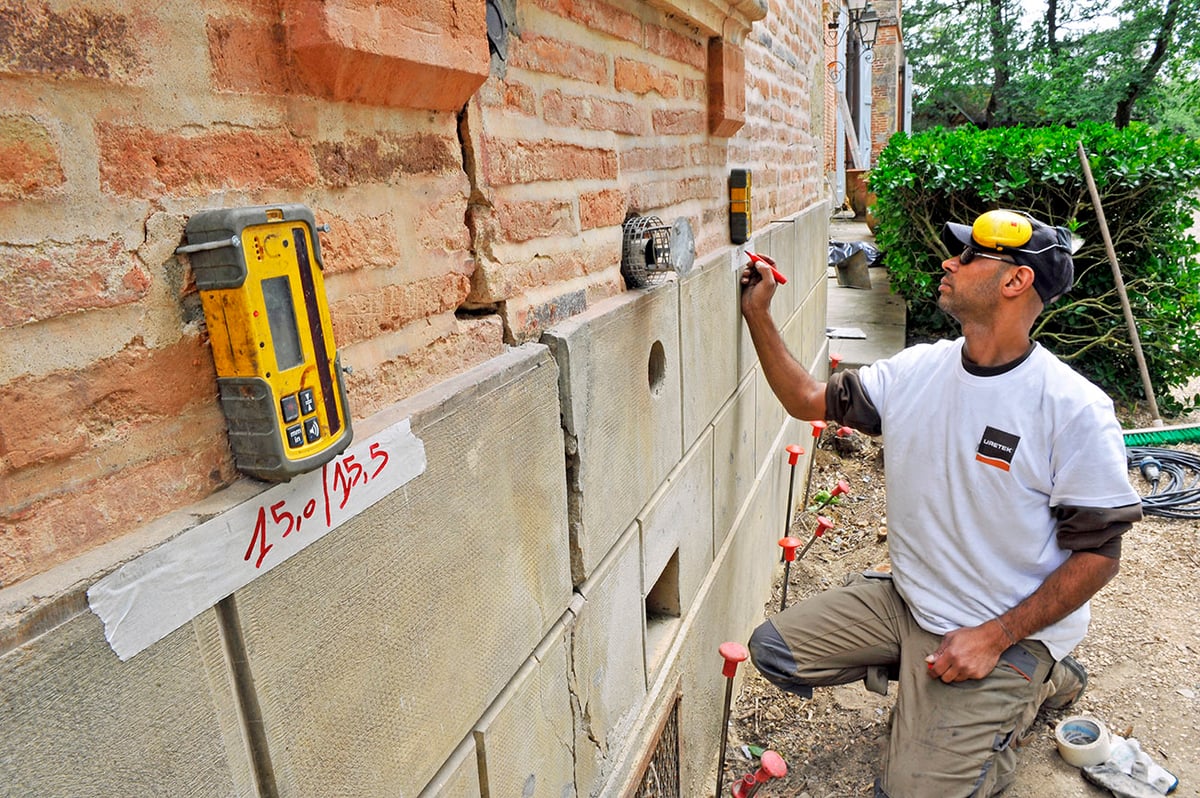
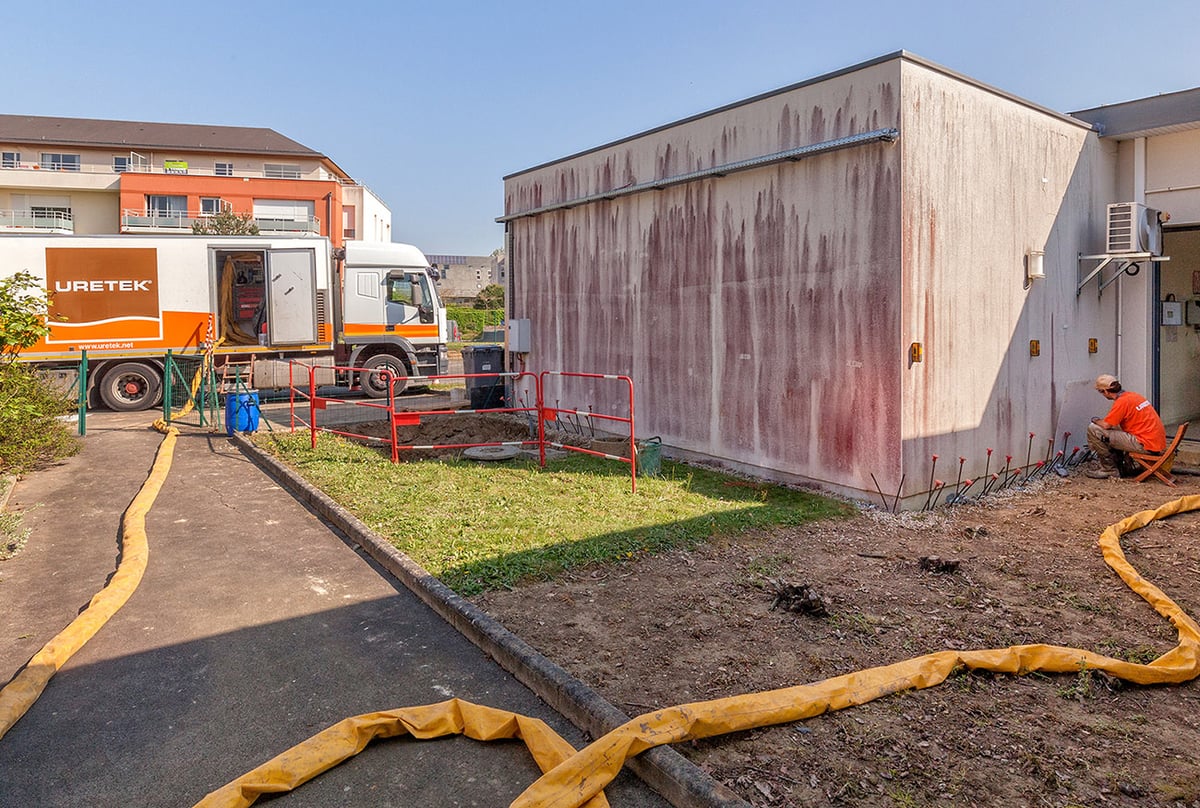
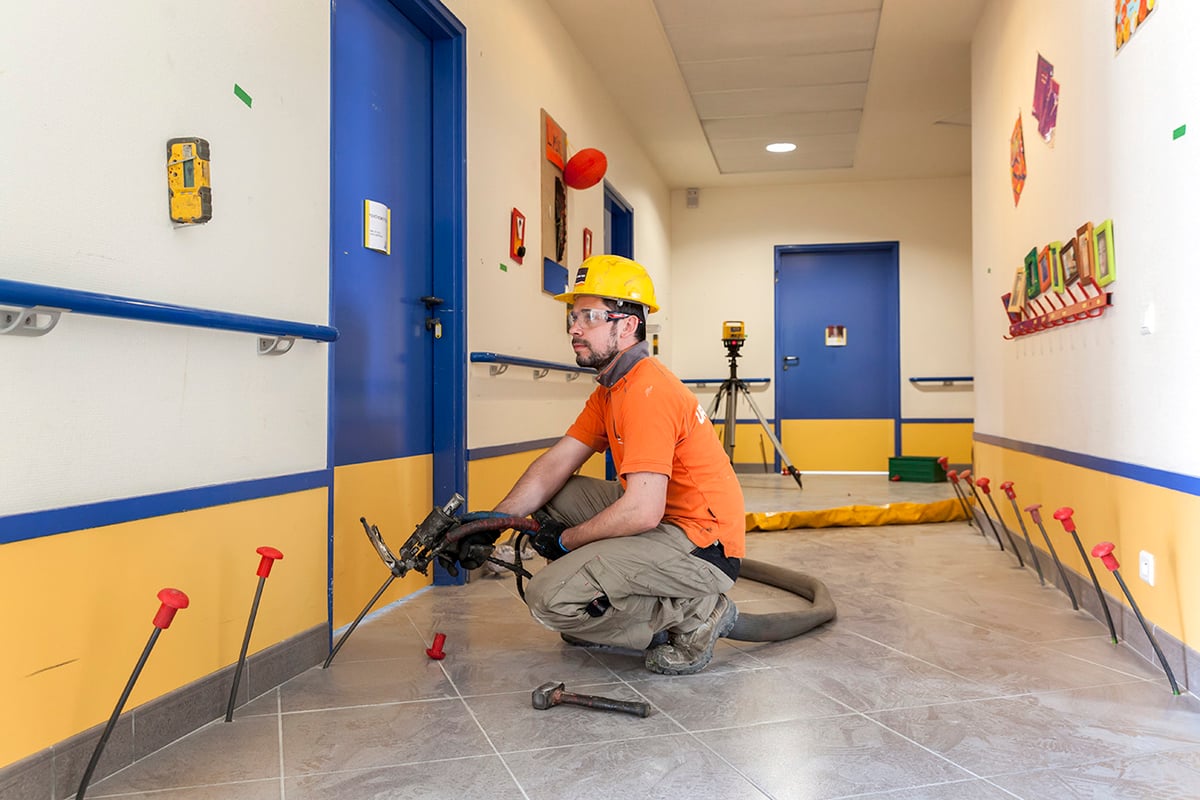
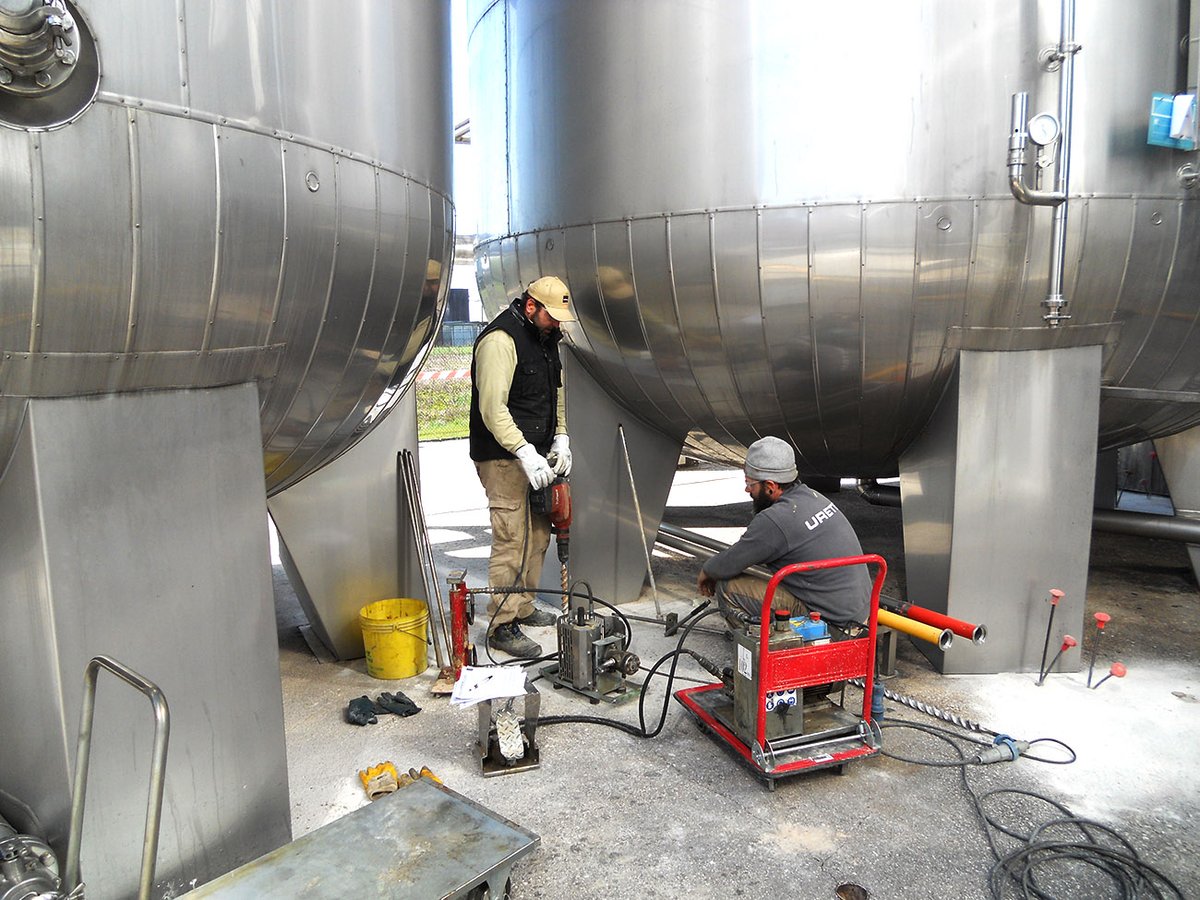

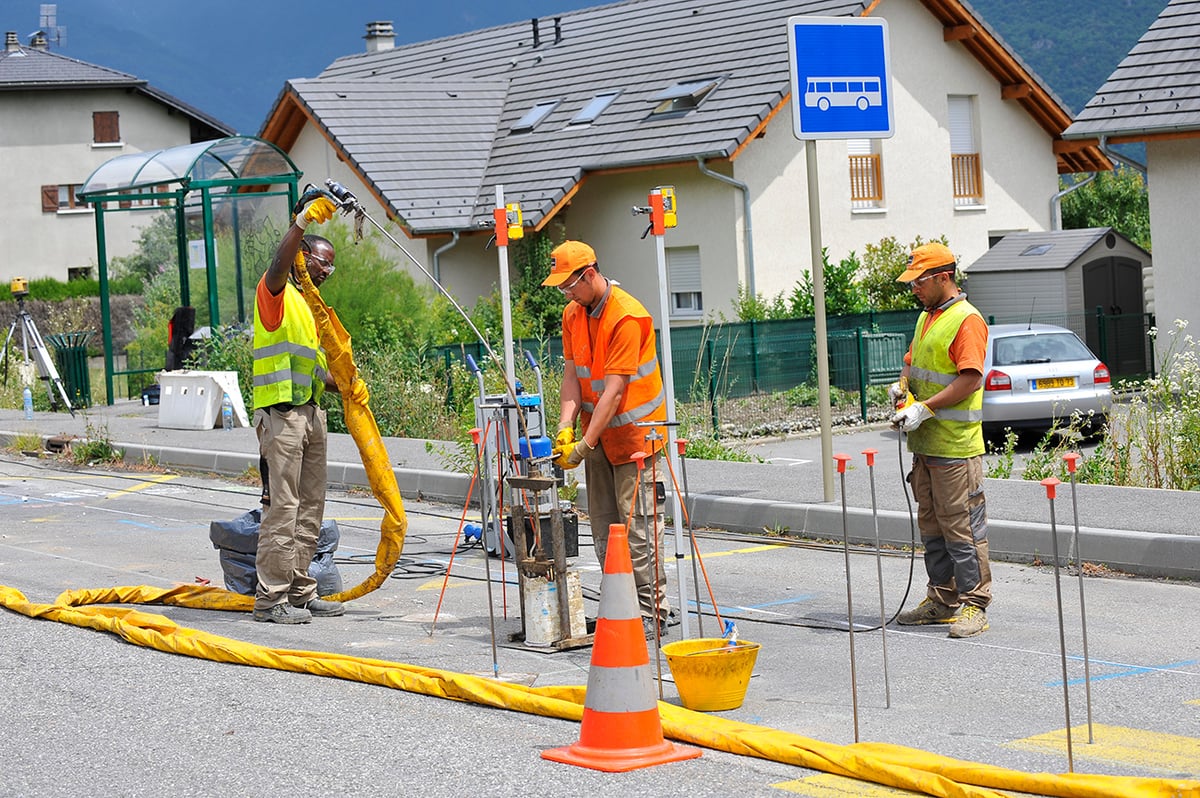
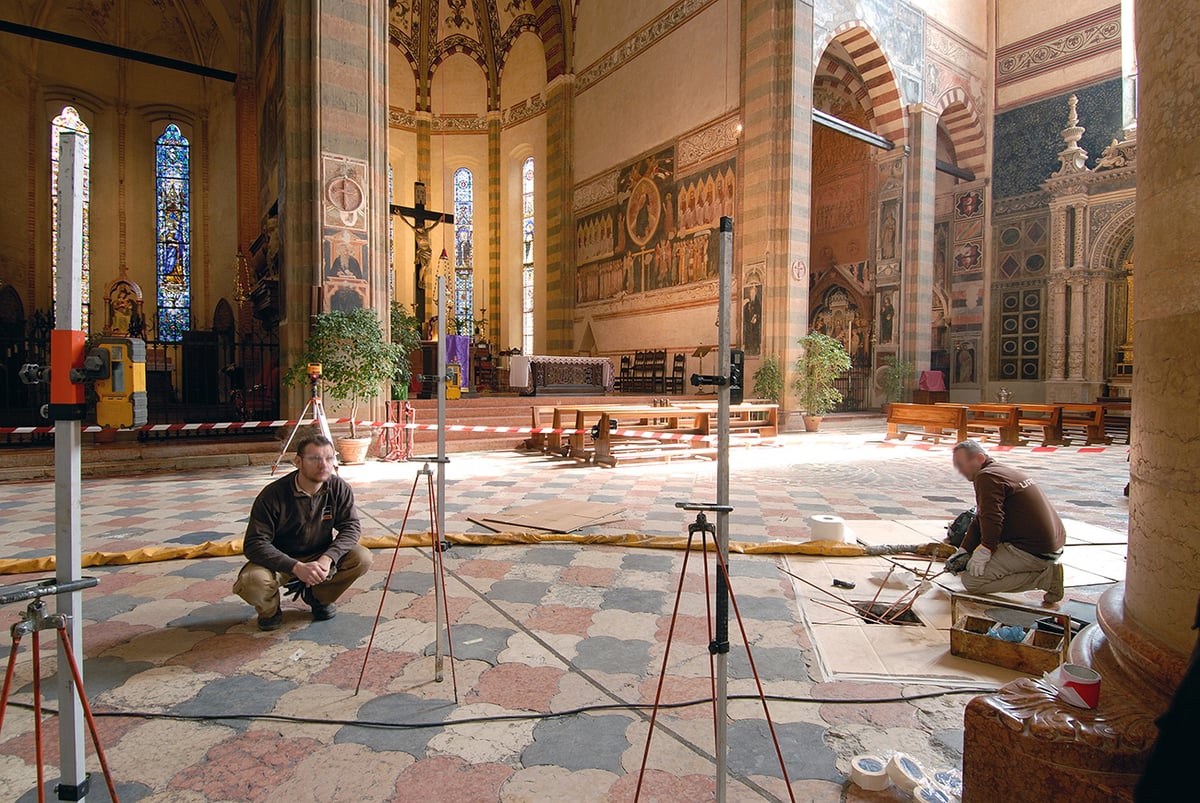
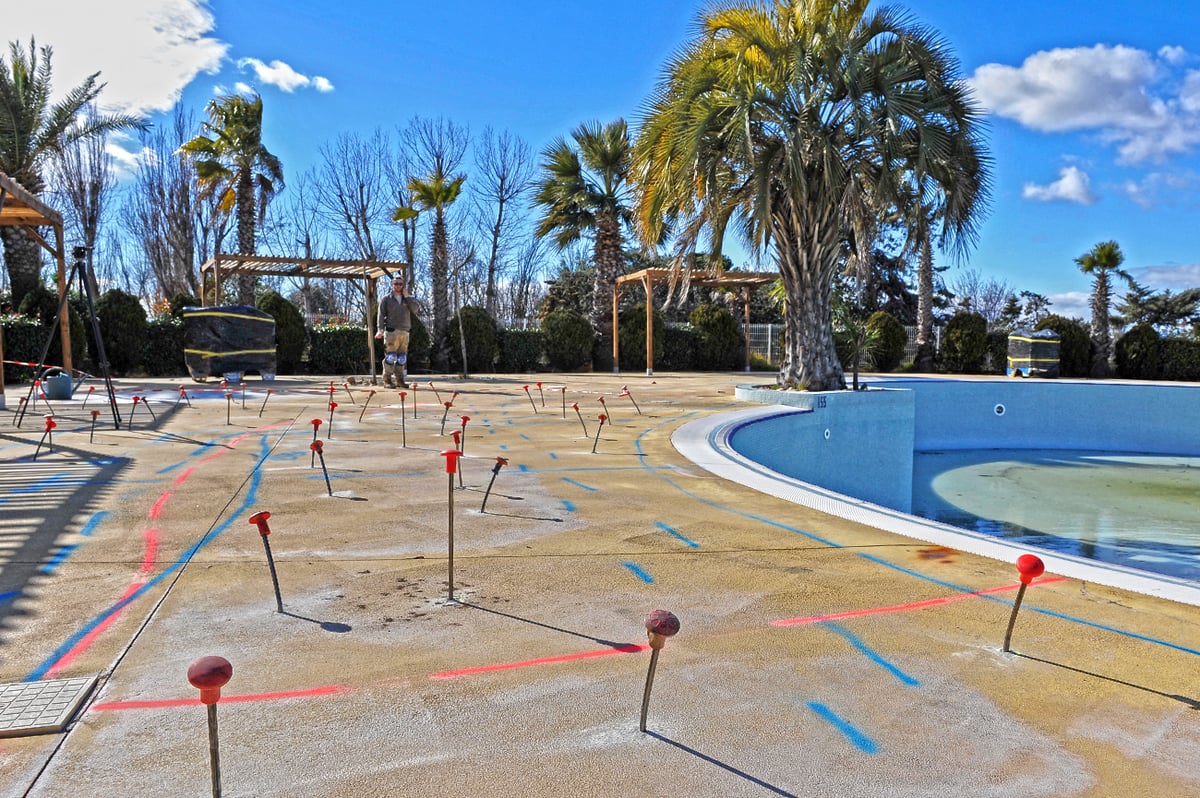
Where do we apply the Uretek Deep Injections® method?
Structures, houses, and buildings
Churches, monuments, blocks of flats, warehouses
Retaining structures, foundation slabs
Piers, docks, silos, tanks
Cranes
Loading docks
Railway embankments
Purifiers
Building expansions
New installations on industrial surfaces
Pools
Increase in machine weight
Viaduct plinths
Wind turbine blades
- Recovering the lift of terrain caused by subsidence
- Improving the hydraulic and mechanical properties of the soil
- Increasing the lift of the terrain
- Decreasing of the risk of liquefaction
- Earthquake resistance
When necessary, the intervention can be combined with other Uretek technologies, such as Floor Lift®, Cavity Filling®, Walls Restoring®, and Micro Anchors®.
Final Testing
We verify the effectiveness of our intervention via geotechnical penetration tests conducted before and after the intervention. These serve to quantify the effective improvement in mechanical properties of the soil.
The instant effectiveness of our solution allows the results of the intervention to be tested or verified immediately.
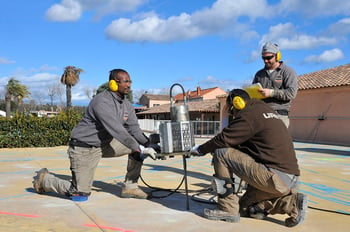
The Steps
Identification of underground utilities
Before drilling and when possible, we proceed by identifying the network of underground utilities that cross the work area.
Drilling
We generally drill holes with an bit auger diameter of 26 mm.
These are made directly through the foundations to reach the exact volume of soil to be treated. When possible, the holes are made outside the structure. The absence of dust, demolition, and vibrations mean we can work without evacuating the premises.
Insertion of Multipoint perforated tubes and injection of the Geoplus® expanding resin
We insert the Multipoint tubes in the prepared holes and inject the URETEK Geoplus® expanding resin using a gun containing the mixed resin components.
Lifting and monitoring
The resin spreads uniformly throughout the foundation soil. Expanding, it compacts the soil and causes the overlying structure to lift.
We carefully control the lift using a laser system.
Finishing
When lifting is complete, we finish the work by filling the holes used for the injections.
Optimization of injections with geoelectric tests
With this technology, we can study the soil being treated, measuring its resistance to identify the best points of injection and the best amount of resin to inject at each point, ensuring uniform treatment.
With this method, the first calibration injections are made, followed immediately by a 2D or 3D electric tomography of the area of interest, identifying the volume of soil affected by each injection. Local variations in the resistivity indicate the region of soil that has experienced the effects of the expanding resin. Scope of the application:
- optimizing the injection grid.
- looking for cavities, large voids, or the loss/infiltration of water to design or expand an intervention.
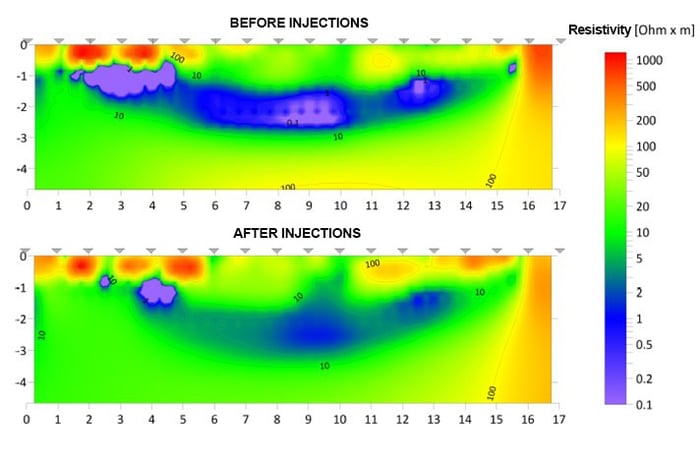
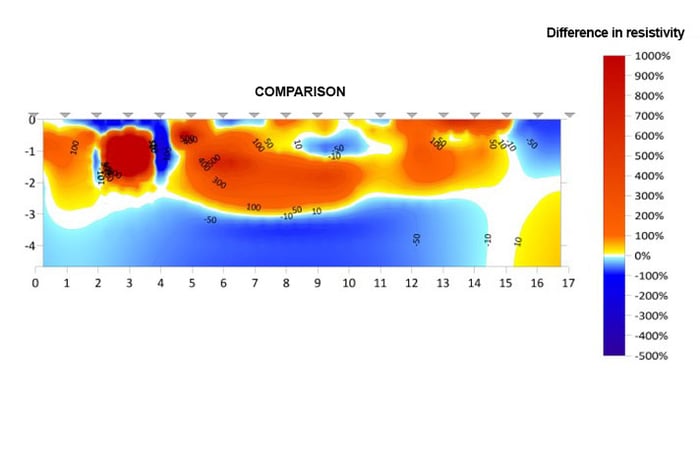
See how we have resolved issues
in the port system
We are close to you and we work wherever in the world our professionalism is needed.
We are familiar with your area and bring with us multinational experience.